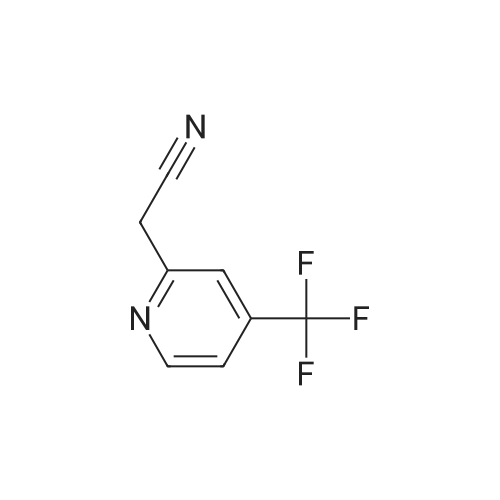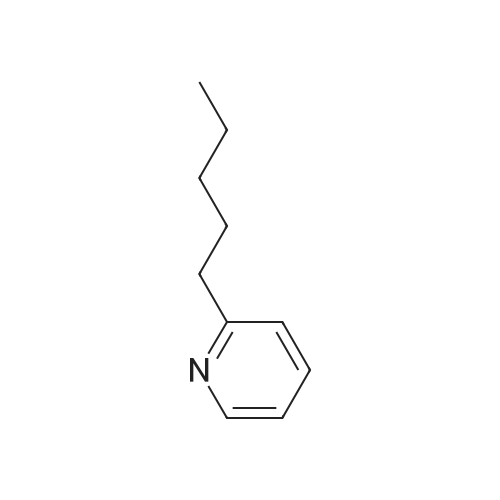More
Abstract: Redox flow batteries (RFBs) are a new kind of battery with a great potential to store electricity from renewable energy sources like solar, wind, and tidal on a large scale. This project aims to discover new RFB active compounds that are eco-friendly and inexpensive to produce compared to vanadium, which is the current active compound for most commercial RFBs. This research focuses on iron-based organometallic complexes which are promising inexpensive and long-lived catholytes for aqueous RFBs. The long-term goal of this project is to discover new active compounds for aqueous redox flow battery (RFB).
When iron binds with bipyridine (a common ligand for organometallic complexes), it gives stability at near-neutral pH and high discharge potential (high energy density) relative to uncompleted ferrous/ferric ions. However, there are two major challenges with Iron tris(2,2’-bipyridine): low aqueous solubility and dimerization. In this research project, computational chemistry, mainly density functional theory (DFT), will be applied to predict properties of Iron tris(2,2’-bipyridine) for RFBs. Redox potentials are best predicted via computation of Gibbs free energies in a Born-Haber thermodynamic cycle. Due to a variety of functionals and basis sets that serve as inputs for quantum chemistry calculations, different approximations including BP89,
PBE, PBE0, B3LYP, BHLYP, B3PW91 and CAM-B3LYP were performed to match redox potential and structural determinations from DFT with actual lab data. As a result, PBE0 functional with LANL2DZ/def2-TZVP basis set gave the most accurate information. Hence, it is applied for deeper study about molecular orbitals, electrostatic potential, and the highest occupied (HOMO) and lowest unoccupied molecular orbital (LUMO)
In the pursuit of new RFB compounds, it is critical to understand the relationship of molecular structure, functional group properties, and electronic properties. Redox potential of 13 derivatives of bipyridine were calculated. We were able to plot the effects of substituents on bipyridine ligand on the complex’s redox potentials by applying Hammett equation. In addition, dimerization of Fe(bpy)3SO4, which leads to poor voltage efficiencies in batteries with this catholyte is studied in this research. Due to spin-crossover of the charged (oxidized) Fe (III) complex, it changes structural, vibrational, electronic, and magnetic properties of the molecule. Hence, it forms a dimer during discharge which leads to a drop in voltage efficiency. Preventing dimerization is important in RFB research because it maintain total voltage output of the redox flow battery. Due to spin-crossover phenomenon, broken symmetry was applied to describe the magnetic properties of dimer which is antiferromagnetic. In addition, the dimer undergoes two electron reductions to regenerate two Febpy2+ monomers, thus a modified Born-Haber thermodynamic cycle is applied in discharge reaction to estimate discharge potential of dimer.

 Chemistry
Chemistry
 Pharmaceutical Intermediates
Pharmaceutical Intermediates
 Inhibitors/Agonists
Inhibitors/Agonists
 Material Science
Material Science















 For Research Only
For Research Only
 120K+ Compounds
120K+ Compounds
 Competitive Price
Competitive Price
 1-2 Day Shipping
1-2 Day Shipping












